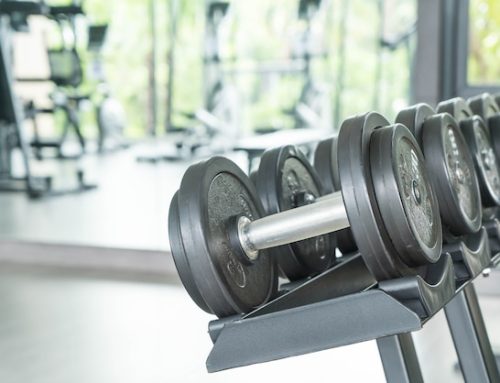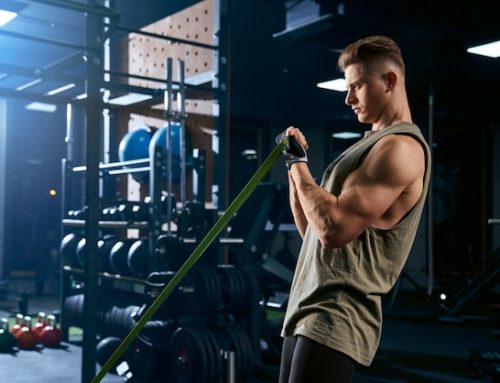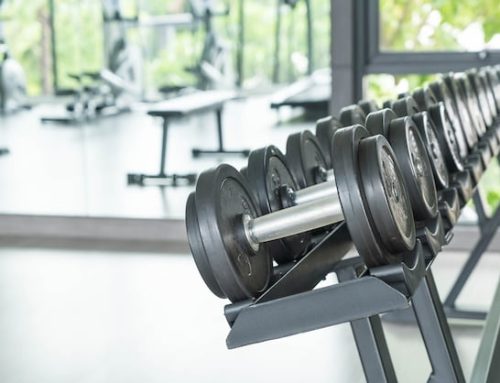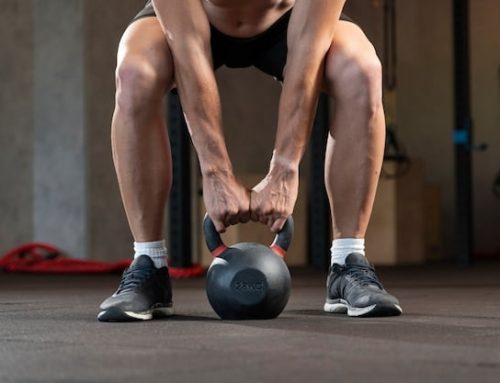The Science Behind Weightlifting: What Age Are Weightlifters Strongest?
Introduction
Weightlifting has always been popular, but in recent years, it has become a mainstream fitness trend. It improves overall health and fitness, strengthens bones, and builds muscle. However, at what age are weightlifters the strongest?
The Science of Weightlifting
Age affects physical abilities, including strength. Protein synthesis, the process of building new muscle fibers, slows down as we age. This can lead to a decrease in muscle mass and strength.
Peak Muscle Strength
A study conducted by the University of Oklahoma found that peak muscle strength in men occurs between the ages of 25-30 years old. Women, on the other hand, peak between 20-25 years old.
Building Muscle in Your 30s and 40s
Although muscle strength may decline after the age of 30, it doesn’t mean that you can’t build muscle in your 30s and 40s. A study published in the Journal of Applied Physiology found that men and women in their 60s and 70s can still build muscle mass with proper exercise and nutrition.
Benefits of Strength Training as You Age
Strength training has numerous benefits, especially as you age. It helps preserve muscle mass and bone density, as well as increasing flexibility, balance, and coordination. Additionally, it can improve insulin sensitivity, reducing the risk of diabetes and heart disease.
Quality Over Quantity
As you age, it’s important to focus on quality over quantity when it comes to weightlifting. It’s essential to listen to your body and avoid pushing yourself too hard. Recovery time may also increase, so taking proper rest days is crucial.
Conclusion
In conclusion, weightlifting can be beneficial at any age, but peak muscle strength occurs in your mid to late 20s. However, this doesn’t mean you can’t build muscle in your 30s, 40s, and beyond. As you age, quality over quantity is essential when it comes to weightlifting. Proper exercise, nutrition, and rest are crucial to maintain muscle mass and strength in later years.
References
University of Oklahoma. (2006). Strength and Power Profiling of Athletes: A Scientific Approach to Developing Athletes [PDF]. Retrieved from http://www.exrx.net/ExInfo/University.html
Petrella, J. K., & Hicks, A. L. (2007). Ageing and Skeletal Muscle: Physiologic Changes and the Effects of Training. Physical Therapy, 87(2), 209–226. doi:10.2522/ptj.20060061
Trappe, T. A., Carroll, C. C., & Dickinson, J. M. (2011). Leucine-enriched amino acid supplementation of elderly men during resistance training. Journal of Applied Physiology, 111(4), 1477–1485. doi:10.1152/japplphysiol.00274.2011






